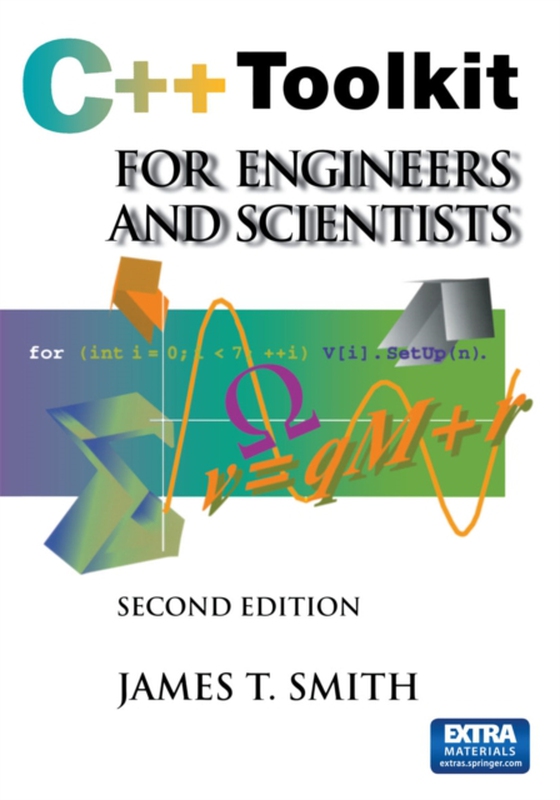
C++ Toolkit for Engineers and Scientists e-bog
546,06 DKK
(ekskl. moms 436,85 DKK)
This book describes the design, construction, and use of a numerical analysis software toolkit. It's written in C+ +, Version 2. 0, and makes essential use of that language's Object-Oriented Programming (OOP) features. Its development environment is the Borland International, Inc. , Borland C++ compiler, Version 5. 02, for IBM-compatible personal computers. However, the book describes few featu...
E-bog
546,06 DKK
Forlag
Springer
Udgivet
9 marts 2013
Genrer
Cybernetics and systems theory
Sprog
English
Format
pdf
Beskyttelse
LCP
ISBN
9781461214748
This book describes the design, construction, and use of a numerical analysis software toolkit. It's written in C+ +, Version 2. 0, and makes essential use of that language's Object-Oriented Programming (OOP) features. Its development environment is the Borland International, Inc. , Borland C++ compiler, Version 5. 02, for IBM-compatible personal computers. However, the book describes few features specific to that product. The toolkit and its description and background discussions cover the most fundamental aspects of numerical analysis. At the core of most scientific or engineering application programs are some of the concepts and techniques presented here. The most basic include details of computation with floating-point real and complex numbers; mathematical functions in the C+ + Library; and a general OOP framework for vector, polynomial, and matrix algebra. On this foundation routines are constructed for solving nonlinear equations, linear and nonlinear systems of equations, and eigenvalue problems. The book is heavily weighted toward software development. What's new here is the emphasis on software tools and on OOP techniques for handling vectors, polynomials, and matrices. Rather than describing programs implementing specific numerical techniques to solve specific applica- tion problems, the book constructs reusable tools with which you can implement many techniques for solving broad classes of problems. Examples are included to demonstrate their use. The tools are organized into layers. The deepest is formed by the C+ + library functions for computing with real and complex numbers.
 Dansk
Dansk

